-
Posts
19,348 -
Joined
-
Last visited
Content Type
Profiles
Forums
Articles
Gallery
Downloads
Events
Posts posted by JHCC
-
-
Hancock is a joke. Almost nothing that he claims stands up to any degree of academic rigor, and every time any serious archaeologist presents evidence and scholarship to debunk his pseudoarchaeological speculations, he starts whining about how The Establishment can't handle criticism or challenges to established wisdom. He's a good writer and superficially persuasive, but that's as far as it goes. Carl Sagan's maxim "Extraordinary claims require ordinary evidence" is most appropriate, and George's skepticism is well founded and well articulated.
-
I’m just sad that it sold before I got a chance to see it in person.
-
Frosty, you're thinking of a "set hammer". "Hot set" is entirely appropriate for a top tool for cutting hot steel, just as "cold set" is for a top tool for cutting cold steel.
Here are two of the illustrations from J. B. Stokes's Basic Blacksmithing: A Training Manual that illustrate the difference:
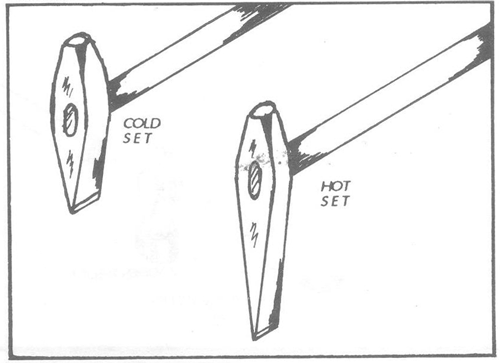
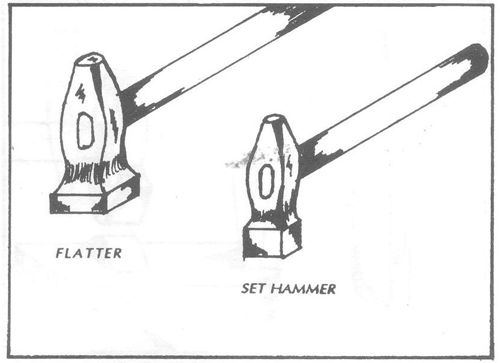
This isn't to say that "hot cut" is not an appropriate name for the same tool. It certainly is, just as one could say "handled hot cut" or "hot chisel top tool" or the like.
Generally, we only see a distinction being made between "hot" and "cold" tool names when there are different versions for hot work and cold work, and set hammers are typically used only on hot metal.
-
Welcome to IFI, maplebones! Let us know who you are in the "Introduce Yourself" section, and make sure to READ THIS FIRST!
-
Artist-blacksmith and teacher Celeste Flores has an interesting blog post on Eight Ways to Make A Living as A Blacksmith that's worth a look. While not an exhaustive list, it's certainly a good and realistic summary of some of the basic strategies.
For example:
Quote6. Become a Bladesmith
This is probably the most common dream for people new to the profession. So many new students take their first class with the hope that one day they can craft gorgeous knives and swords, retire from their desk job, and live in their cabin making blades for the public.
The reality is that while there has been a surge of new professional bladesmiths, it is a very saturated market. On Etsy and online, bladesmithing is often best represented as a race to the bottom. Bladesmiths are selling at lower and lower prices, sometimes cutting corners and often compromising their living to be able to live out their dreams. While this problem isn't unique to bladesmithing (I think it’s an issue with Etsy overall), I think it is something a new bladesmith has to be very mindful of.
-
Unless that's what the buyer wanted, of course!
In other news, I texted my friend to let him know that we're dealing with LH threads. His team is gearing up for a competition, but he'll get one of them to make another prototype after that's done.
-
LH threads would make sense on the outboard side of a wood lathe.
-
Well, the press does have left-hand threads, and the faceplate sold before the seller got back to me about whether it was RH or LH. Ah, well.
-
17 hours ago, Frosty said:
Iforge harpoon.
My junior year in high school, I made a harpoon for my English teacher while we were studying Moby Dick*. He used to carry it while monitoring study hall, to keep the eighth graders quiet.
Some years later, it was sitting on top of a shelf of books in the English teachers' shared office when one of the other teachers accidentally dislodged it. I'm told that it slowly and gracefully slid down to the left and speared the copy machine.
*This was the same teacher who, suspecting that not everyone in the class had finished the book, included on the unit exam the question, "What happens right after Captain Ahab kills the white whale?"
-
-
6 hours ago, Frosty said:
they listed an AC magnetic chuck which shouldn't magnetize things.
I’m assuming that AC is the input, not the output.
-
29 minutes ago, Frosty said:
I think I'll have to start keeping my eyes open for a magnetic chuck, hopefully in the 2nd. hand stream
They show up frequently on the HGR website. There are four there right now, plus half a dozen machines with them already mounted.
-
55 minutes ago, Goods said:
I’d try a nonferrous material, but it would need to be as thin as possible.
Maybe a couple of sheets of aluminum foil?
-
Well, NOW you tell me!
(No, seriously; thanks for the tip. Noted!)
In other news, but of the "What I Did In The Shop Five Years Ago Today" variety, today is the anniversary of when I first met Jennifer/jlpservicesinc in person and got an impromptu lesson in forge-welded chain.
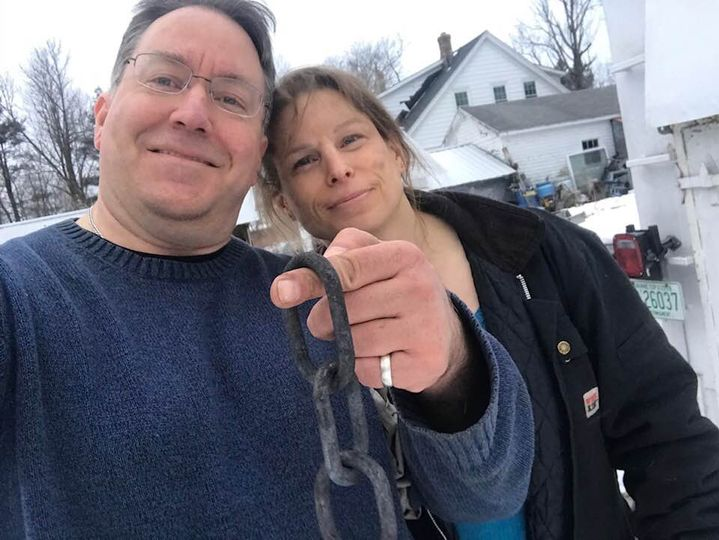
-
23 hours ago, JHCC said:
Also spent a lot of time trying to shift a broken die out of my W.A. Whitney hand punch, to little effect.
Today, success! Since the screw extractors I’d used previously were both not quite big enough and a bit too soft, I made a bigger, harder one from a square punch. This I reground with sharp corners, hardened, and tempered just enough to keep it from snapping. Apply pipe wrench, and out it comes!
I only have one punch and die set at the moment — 3/32”, to be precise — but it didn’t even blink at 3/32” mild steel sheet.
Victory!
-
1 hour ago, Daswulf said:
that is interesting on the glass.
Here's some more info:
-
While browsing the website of the Philadelphia Museum of Art, I encountered this rather delightful German post vise:
Apart from its artistic extravagance, it's interesting to note that it's not adjusted with a handle on the front, but by tightening and loosening the nut on the back.
Here's the link to its page on the museum website: https://www.philamuseum.org/collection/object/44387. Interesting to note that it appears to have come from Samuel Yellin's personal collection.
-
Good points, both.
-
Revisiting a long-dormant post, and returning to the question of the depth stop. As noted above, a friend and I have explored (without success) doing a 3D printed version of a depth stop, which could then be machined in steel. With that more or less permanently on the shelf, I've been relying on blocking the workpieces up to the proper height relative to the tool, which is awkward at best (especially since the blocking needs to be clamped down).
However, I just found the following interesting possibility on eBay: a lathe faceplate that's threaded to 2-1/4" x 10 tpi. I thinking this might do reasonably well, with some height extensions welded or bolted on and with a slit cut in to make it compressible with a locking bolt.
Thoughts?
-
The college has an eclipse-viewing party at the athletic fields, which is in walking distance. Assuming that there's no rain, of course, which in Ohio in April is far from guaranteed.
-
11 hours ago, Archie Otteson said:
He is a skeptic and there is always some underlying plot or conspiracy behind the message. It seems recently I meet more people with that attitude.
The problem is, that's not true skepticism. Properly, skepticism (from the Greek σκοπεῖν, "to look" (this is the same root as the word "scope", both as noun and verb)) means someone who has doubts or reservations about received knowledge. It's arguably an intellectually healthy and honest approach, since it requires examination and testing of evidence before coming to a conclusion. Notably, it does allow for the confirmation of received knowledge, should evidence and argument prove sufficient.
Contemporary "skepticism", on the other hand, is little more than mere denialism, the assumption that received knowledge is false simply because it is commonly believed. Rather than serving the need for objective understanding, it serves the emotional need to feel special, to know something most people don't, to not be "a sheep". However, rather than actually looking at the evidence and arguments around some particular piece of knowledge, it replaces whatever "the sheeple" believe with mere contradiction, which itself must not be questioned or challenged. In the words of Monty Python, "That's not an argument; it's just contradiction. An argument is an intellectual process; contradiction is simply the automatic gainsaying of any statement the other person makes."
1 hour ago, Steve Sells said:all I have to do is lay low for a few weeks while the rest of the world panics and kills each other fighting zombies
Yeah, I'm not looking forward to the madness that will descend on Ohio in April for the eclipse.
https://www.daytondailynews.com/lifestyles/column-cncerns-about-solar-eclipse-are-real/
-
19 hours ago, Daswulf said:
Amazing how much in history has been recycled.
There's actually a lot of archaeological work being done on ancient glass that focusses precisely on this. Glass changes color depending on how much its constituent elements get oxidized, so certain colors often indicate how many times a particular bit of glass had been remelted.
18 hours ago, Frosty said:I could tell what day of the week it was by what was for dinner
Like the minister who didn't say Grace over the casserole, because he'd already blessed everything in it.
17 hours ago, Daswulf said:I just ordered a new set of nonstick pots and pans because the teflon coating is wearing off the old ones
Quick tip: if you're going to use nonstick pans, get the inexpensive aluminum ones sold in restaurant supply houses (unless you need something induction-compatible). The nonstick surface will last just as long, and you won't be throwing away an expensive piece of stainless steel once it wears out.
10 hours ago, Nobody Special said:have you tried cooking with carbon steel?
All the time. Several years back, I got a carbon steel pan from a restaurant supply place that has been my go-to midsize sauté pan ever since. You have to care for it like cast iron, but once seasoned, it's fantastic. The preferred pan of restaurant chefs, and with good reason.
10 hours ago, Nobody Special said:I'm always torn when I melt down pewter or cut up metal objects.
If you watch older videos of silversmiths or the like, you'll see a lot of older work cut up and going into the crucible. I also once saw an old video of a Japanese swordmaker who started with broken pieces of cast iron teapot, since they had been originally made from the same raw material as tamahagane and just needed some serious decarburization.
-
It doesn't; the final version will have a flat rail mounted on top of the loops.
-
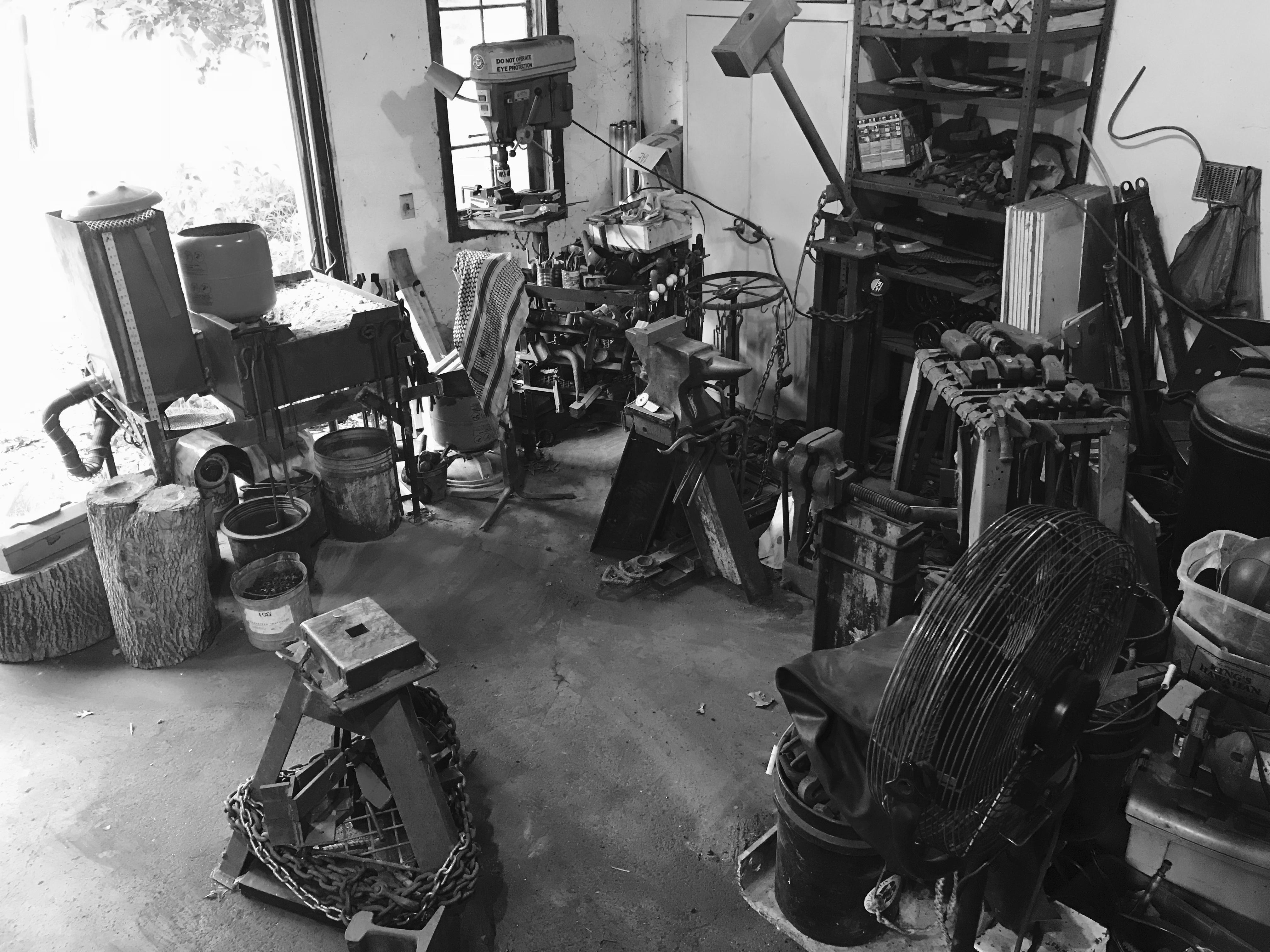

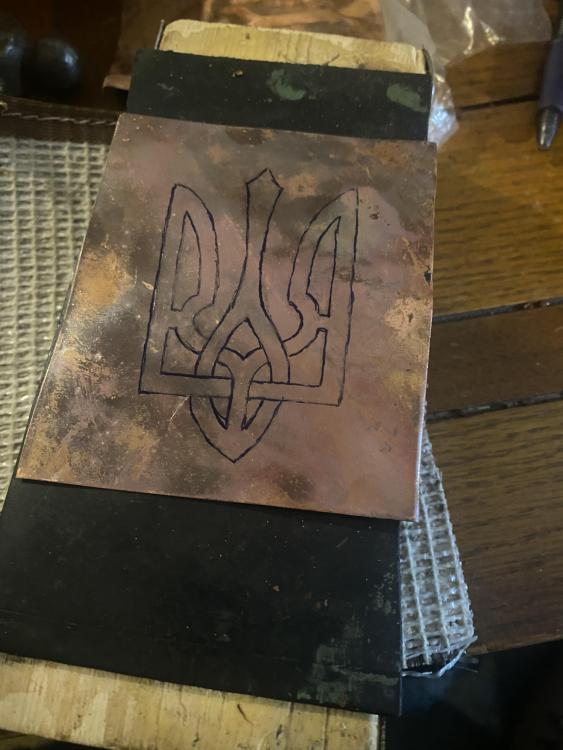
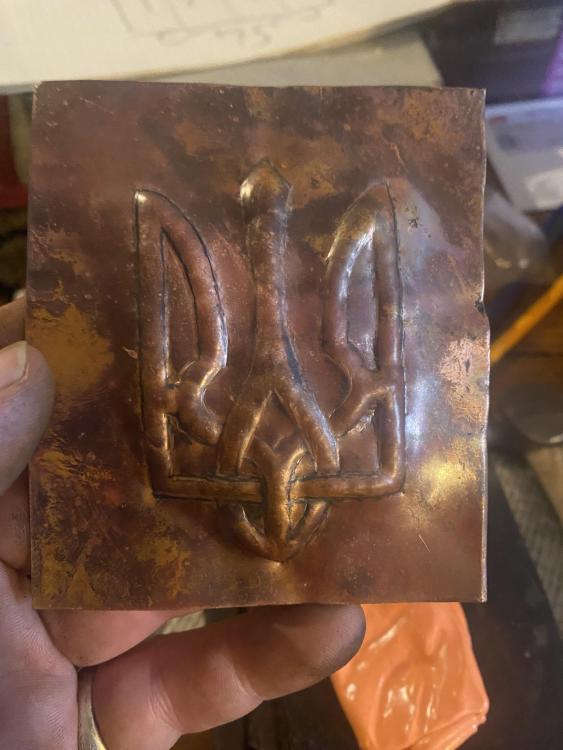
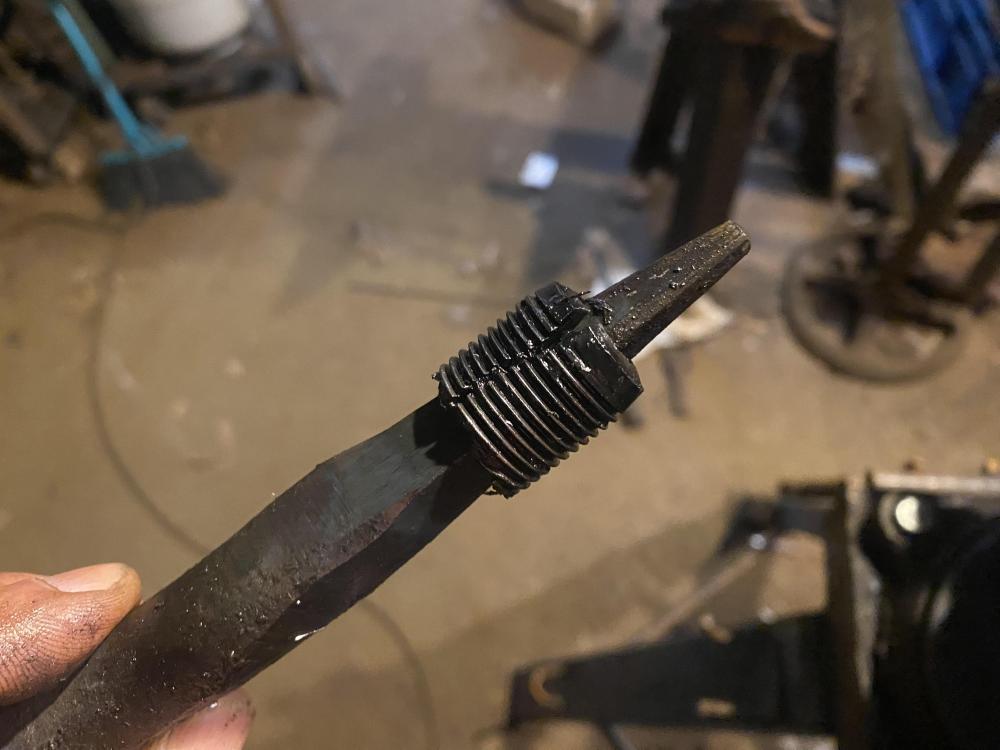
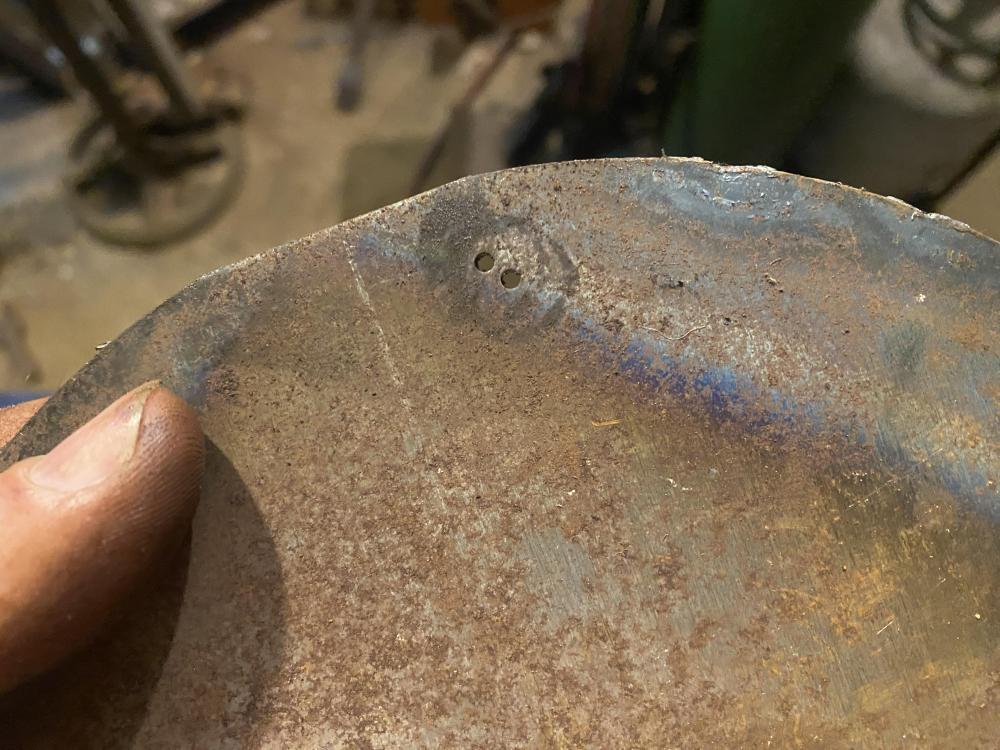
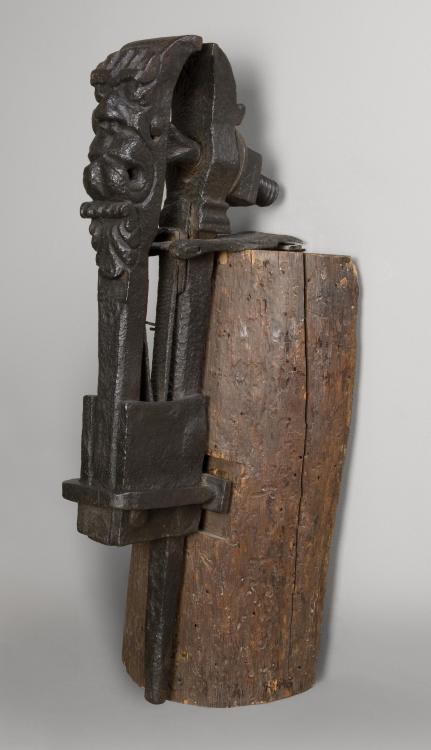
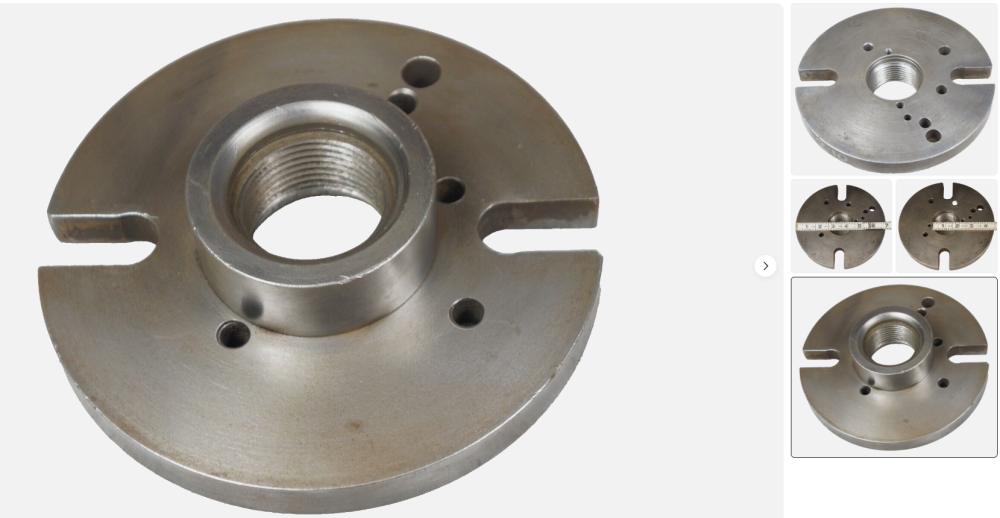
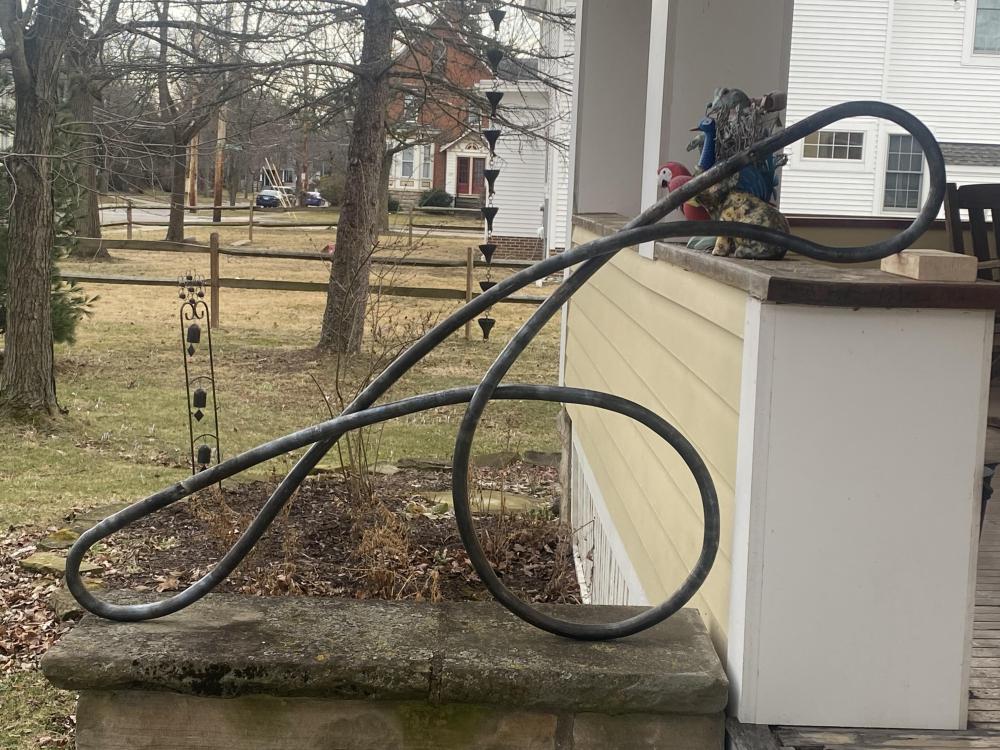
Curio's, Curiosities and Artifacts
in Everything Else
Posted
Google Scholar is generally a good place to look, although even there, one has to be very careful to look further into the actual articles and citations. For example, the two most promising hits on "transatlantic copper trade precolumbian" were both from the "Journal of Scientific Exploration", which exists primarily to promote fringe theories about UFOs, pseudoarchaeology, and the like. I clicked on one of them, and the fact that the first few pages were dedicated to excoriating mainstream archaeology for insisting on evidence was revealing, to say the least.